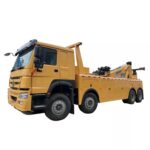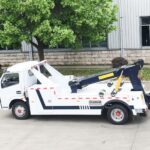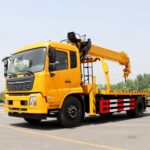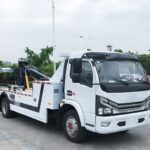Efficient Towing Solutions: Unveiling the Power of Tow Trucks
In the realm of transportation, the necessity for efficient towing solutions stands as a pillar of support. Whether it’s rescuing a stranded vehicle on a busy highway or clearing wreckage from the streets after an accident, tow trucks are the unsung heroes of the road. These mighty machines possess a unique blend of power, versatility, and efficiency that enable them to navigate through challenging situations with ease. In this exploration, we delve into the intricacies of tow trucks, unveiling the underlying mechanisms that make them indispensable assets in the world of transportation.
A Brief History of Tow Trucks
The origins of tow trucks can be traced back to the early 20th century when the automotive industry was still in its infancy. As automobiles gained popularity, so did the need for a reliable method of transporting them in case of breakdowns or accidents. The first tow trucks were rudimentary in design, often consisting of little more than a winch mounted on a modified vehicle. However, as technology advanced, so did the capabilities of tow trucks, leading to the development of specialized equipment and sophisticated towing techniques.
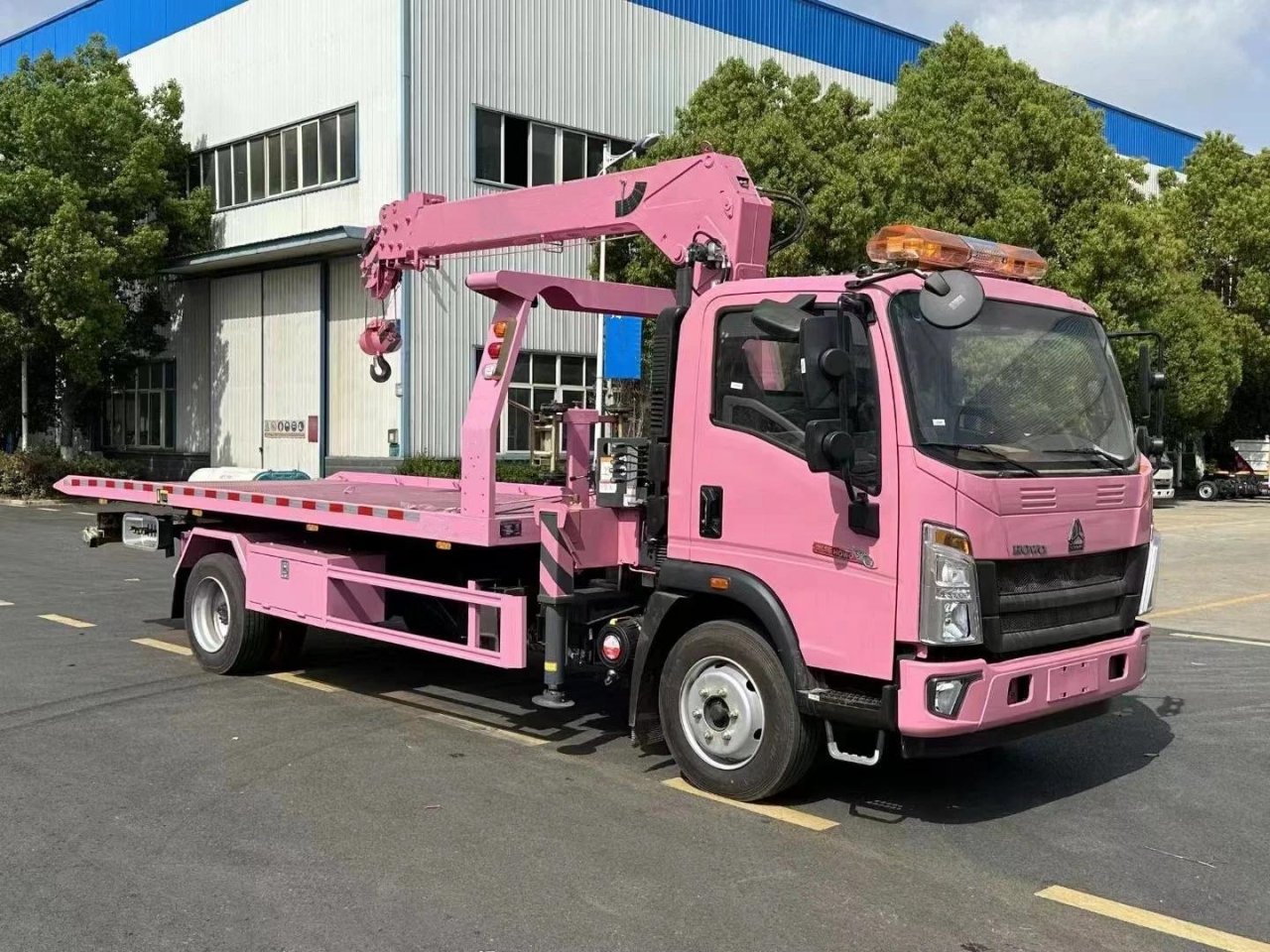
Types of Tow Trucks
Tow trucks come in various shapes and sizes, each tailored to meet specific towing needs. The most common types include:
1. Flatbed Tow Trucks: Also known as rollback trucks, these vehicles feature a flatbed that can be hydraulically inclined to the ground, allowing vehicles to be driven or winched onto the platform. Flatbed tow trucks are ideal for transporting vehicles that cannot be towed with their wheels on the ground, such as exotic cars or those involved in accidents.
2. Hook and Chain Tow Trucks: This traditional type of tow truck utilizes a hook and chain to lift one end of the towed vehicle off the ground while the other end remains in contact with the road. While effective for short-distance towing, hook and chain trucks are less commonly used today due to the potential for damage to the towed vehicle’s frame or body.
3. Wheel-Lift Tow Trucks: Similar to hook and chain trucks, wheel-lift tow trucks employ a hydraulic mechanism to lift the front or rear wheels of the towed vehicle off the ground. However, instead of using chains, wheel-lift trucks utilize a metal yoke or sling that cradles the wheels without touching the vehicle’s frame.
4. Integrated Tow Trucks: Also known as wrecker trucks, integrated tow trucks combine the capabilities of a boom truck and a wheel-lift or flatbed truck into a single vehicle. These versatile machines are equipped with a hydraulic boom that can extend, rotate, and lift, allowing them to tow vehicles in a variety of configurations.
The Power Behind Tow Trucks
At the heart of every tow truck lies a powerful engine that provides the necessary horsepower to perform its duties effectively. Modern tow trucks are often equipped with turbocharged diesel engines, known for their robustness, fuel efficiency, and torque output. This combination of power and efficiency enables tow trucks to navigate steep inclines, rough terrain, and heavy loads with ease, ensuring that they can reach even the most remote locations promptly.
Furthermore, tow trucks are equipped with a range of auxiliary systems and accessories designed to enhance their performance and versatility. Hydraulic winches, for example, allow tow operators to safely and efficiently load vehicles onto flatbeds or lift them off the ground, while stabilizer legs provide added stability when towing heavy loads or navigating uneven terrain.
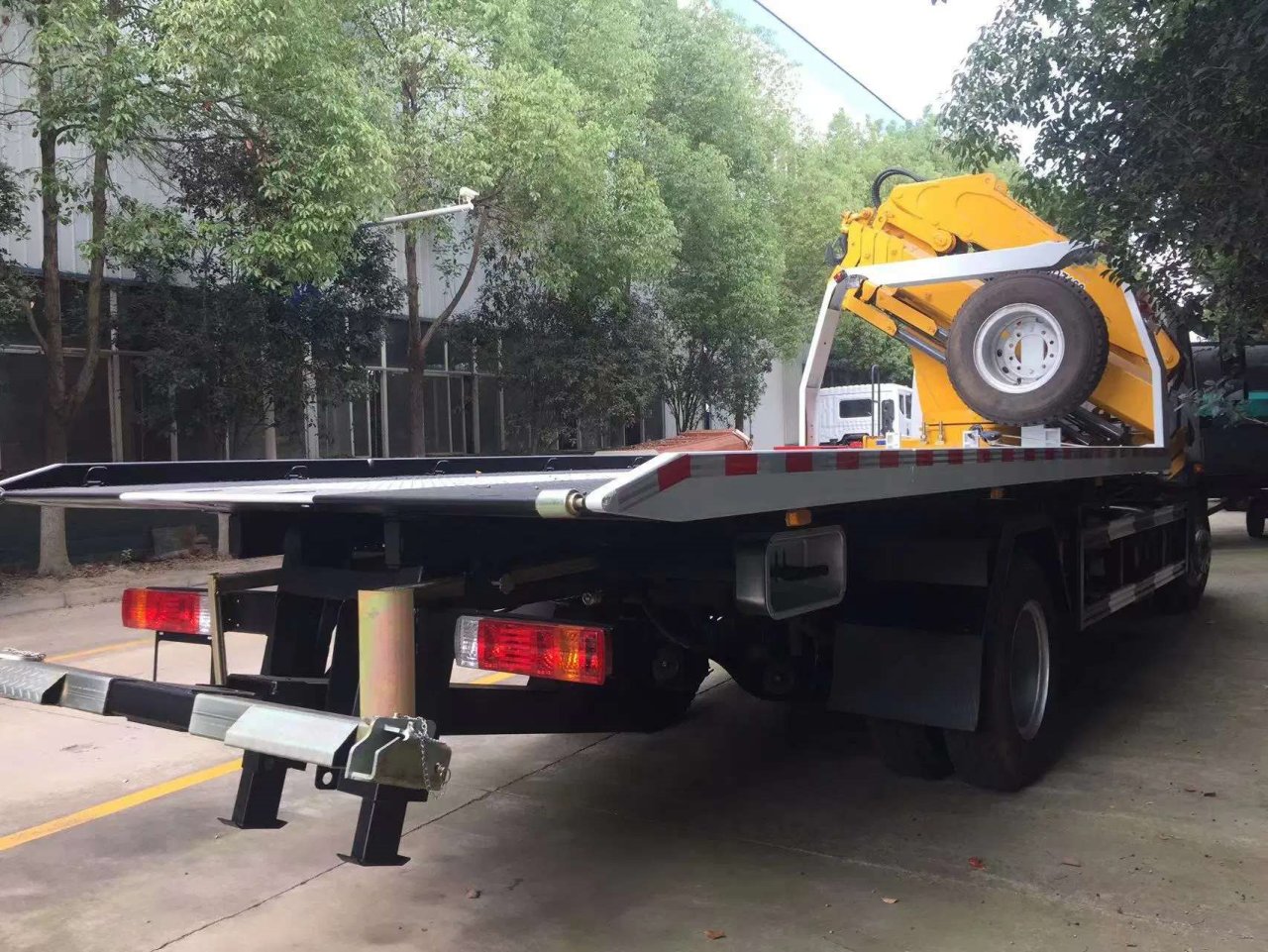
The Role of Technology
In recent years, technological advancements have revolutionized the towing industry, introducing a host of innovative features aimed at improving safety, efficiency, and convenience. GPS tracking systems allow dispatchers to pinpoint the location of tow trucks in real time, enabling them to assign jobs more efficiently and respond to emergencies faster. Similarly, onboard computers and diagnostic tools help tow operators diagnose mechanical issues and perform routine maintenance tasks on the go, minimizing downtime and maximizing productivity.
Moreover, the integration of wireless communication technologies has transformed the way tow operators communicate with each other and with their dispatchers, enabling seamless coordination and collaboration on complex towing operations. From automated billing and invoicing systems to mobile apps that allow customers to request towing services with the touch of a button, technology has streamlined every aspect of the towing process, making it more efficient and transparent for all parties involved.
The Human Element
Despite the technological advancements in the towing industry, the human element remains paramount. Behind every tow truck is a skilled and experienced operator who possesses the knowledge, expertise, and dedication to handle any situation that comes their way. Whether it’s navigating treacherous road conditions during a snowstorm or comforting a stranded motorist in distress, tow operators are the unsung heroes of the road, providing assistance and support when it’s needed most.
In conclusion, efficient towing solutions are essential for keeping our roads safe and ensuring the smooth flow of traffic. Tow trucks, with their power, versatility, and technological prowess, play a critical role in fulfilling this need, providing a lifeline for motorists in distress and a beacon of hope in times of crisis. As we continue to embrace advancements in technology and innovation, tow trucks will undoubtedly remain at the forefront of transportation, embodying the spirit of reliability, resilience, and efficiency that defines the modern era of towing.


